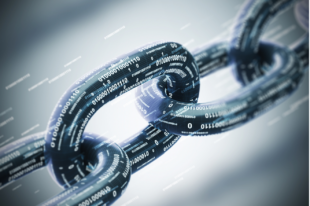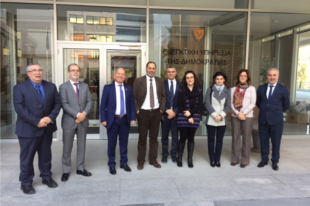Auditing Gender Equality: An Opportunity for SAIs to Make a Difference and Lead by Example

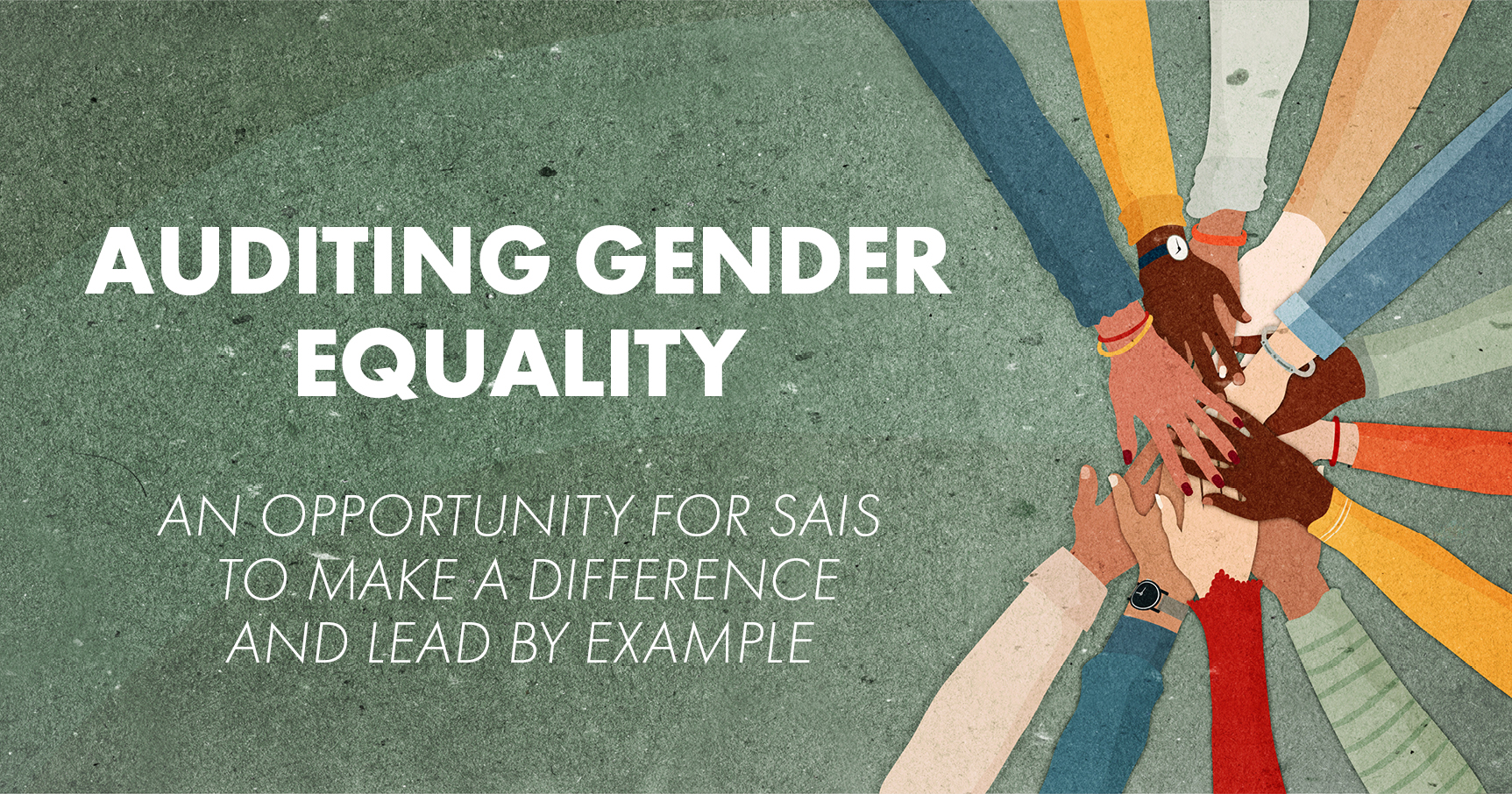
by Jane Fuller, Associate, and Marie-Hélène Bérubé, Senior Program Officer, Canadian Audit & Accountability Foundation (CAAF)
Audits of Gender Equality Are Gaining Momentum
When the Office of the Auditor General of Canada (OAG Canada) audited the Federal Plan on Gender Equality in 2009, it was one of the first Supreme Audit Institutions (SAIs) to undertake an audit of its government’s commitment to achieve gender equality. Since then, members of the African Organization of SAIs (AFROSAI), European Organization of SAIs (EUROSAI), and Organization of Latin American and Caribbean SAIs (OLACEFS) have undertaken work on gender equality, both externally in their audits and internally through assessments of their own institutional commitments.
Today, there is growing recognition among SAIs, their regional organizations, the INTOSAI Development Initiative (IDI), and the Canadian Audit and Accountability Foundation (CAAF), of the importance of auditing gender equality, leading by example, and ensuring technical guidance is available to support this work. Given this favorable context, there is a clear opportunity for SAIs to make a difference by integrating gender equality and gender mainstreaming considerations into their audits.
Auditing Commitments to Gender Equality
National governments have made significant commitments to gender equality, notably in the United Nations’ 2030 Agenda and its Sustainable Development Goals (SDGs). The SDGs include a goal focused on gender equality—SDG 5: Achieve gender equality and empower all women and girls—and consider gender equality a crosscutting priority that is essential to the achievement of the other goals.
The commitments to gender equality within the SDGs build on the original commitments UN member states made to gender equality and the advancement of women and girls at the 4th World Conference on Women in Beijing, China (1995). Following this conference, countries around the world reinforced their international commitments to gender equality and gender mainstreaming through the adoption of national and sub-national legislation, regulations, policies, plans, strategies, and budgets, and the establishment of roles and responsibilities within government institutions for their implementation.
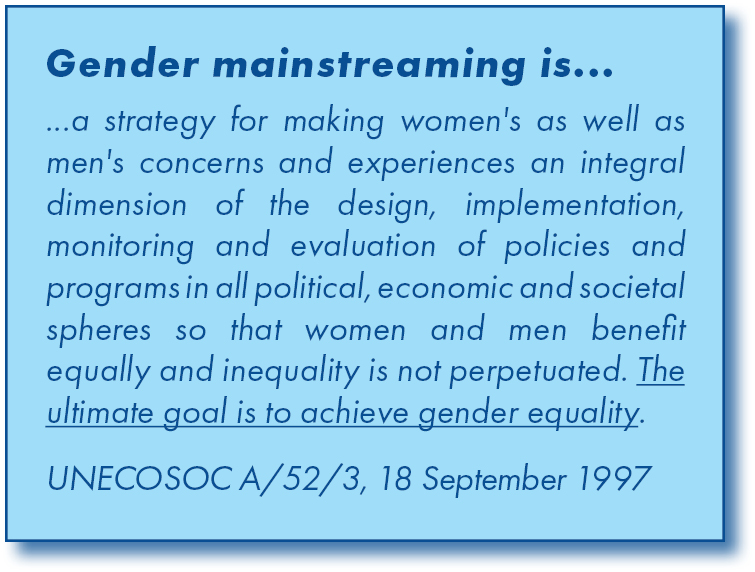
By auditing how governments are implementing the SDGs, in particular SDG 5, and fulfilling other commitments to gender equality, SAIs can contribute to improving the lives of diverse groups of women, men, and marginalized people. These efforts align with International Standard of Supreme Audit Institutions (ISSAI) 12, on The Value and Benefits of Supreme Audit Institutions – Making a Difference to the Lives of Citizens. They are also consistent with INTOSAI’s 2017-2022 Strategic Plan, which includes as one of five strategic crosscutting priorities “contributing to the follow-up and review of the SDGs within the context of each nation’s specific sustainable development efforts and SAIs’ individual mandates.”
With many SAIs now auditing the SDGs, some have begun auditing progress towards the targets of SDG 5. In 2019, OLACEFS members conducted a coordinated audit of SDG 5, and SAI Uganda is currently undertaking a pilot audit of SDG 5.2 on “Elimination of Intimate Partner Violence Against Women.” OAG Canada published an audit on “Implementing the Sustainable Development Goals” in 2021 that examined SDG 5. These audits are generating important lessons for SAIs interested in auditing SDG 5 and gender equality issues of specific relevance to their country contexts.
The Impact SAIs Can Make: OAG Canada’s Audits on Gender-Based Analysis Plus
OAG Canada’s 2009 audit of the government’s commitment to gender equality examined whether selected federal departments had adequately implemented Gender-Based Analysis (GBA), a tool used widely by governments since the 4th World Conference on Women in Beijing. OAG Canada conducted a follow-up audit on this topic in 2015.
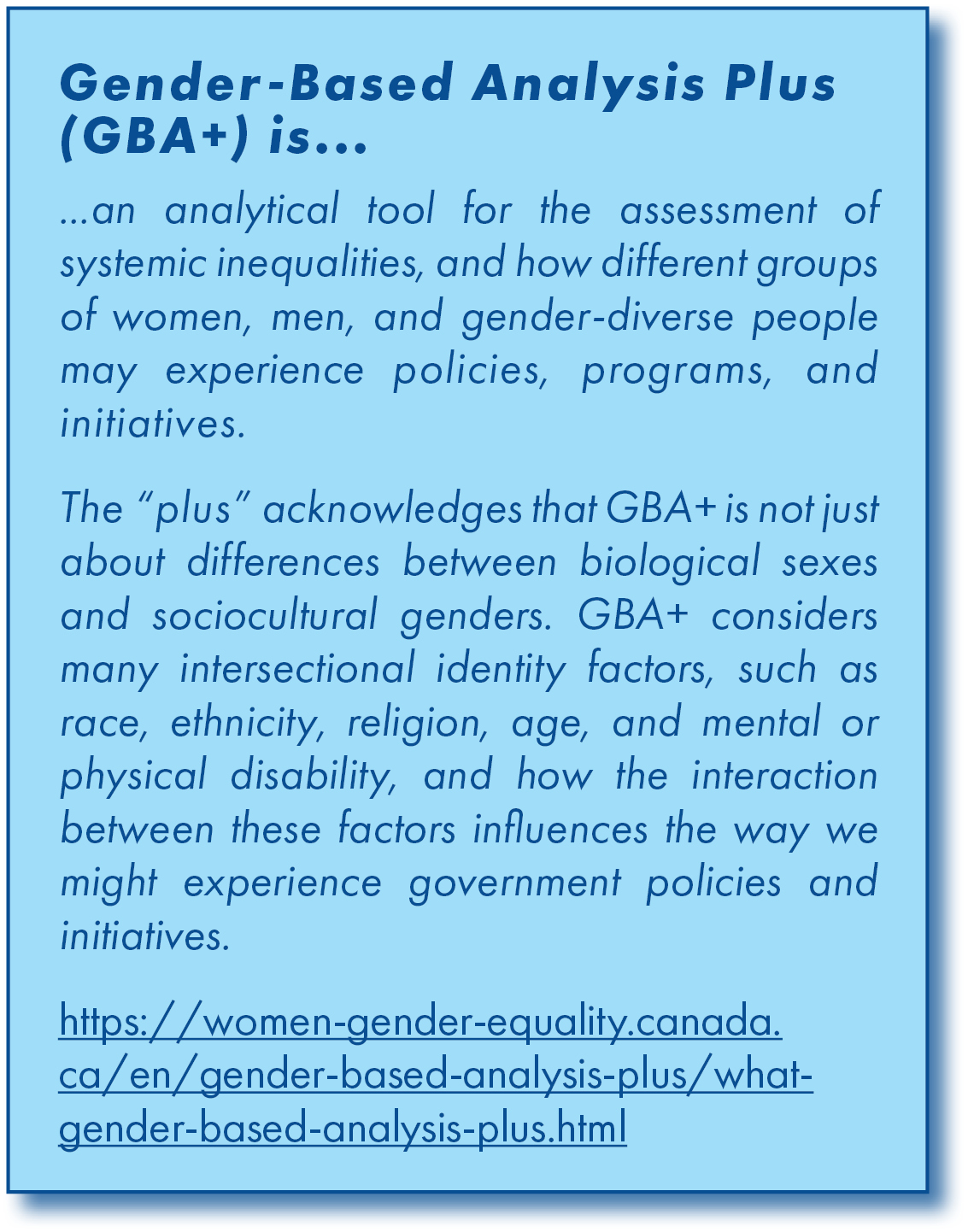
The findings and recommendations of the two seminal OAG Canada audit reports have directly influenced how the Government of Canada has pursued gender mainstreaming and gender equality, particularly in the past six years. In 2018, Canada adapted the targets of SDG 5 into its own Gender Results Framework, passed the Gender Budgeting Act (2018), established a ministry dedicated to Women and Gender Equality that is supported by central government agencies, and reinforced requirements across government to conduct GBA+ for all departmental submissions for program funding. This presents OAG Canada with a context rich in criteria conducive to auditing gender equality and gender mainstreaming.
A 2018 report by the Organization for Economic Cooperation and Development (OECD) titled “Gender Equality in Canada” acknowledged that OAG Canada “has shown itself to be a key driver of progress in relation to the application of gender-based analysis.” The report also stated that in order to strengthen accountability, OAG Canada and Parliament “should build on their successful interventions in the area of GBA+ through greater incorporation of a gender perspective in their own areas of work.”
As OAG Canada embarks upon its third audit of GBA+, it is also adopting a robust approach to considering GBA+ dimensions across its audit practice. Through this initiative, OAG Canada is poised to further the country’s progress on gender equality, diversity, and inclusion, and to become a global leader among SAIs working on these issues.
Building Capacity for Auditing Gender Equality
CAAF believes SAIs can make an important difference by auditing gender equality and has made this a focus in its work since 2013. CAAF has developed guides and training to help auditors better understand the relevance of gender equality and gender mainstreaming, and to build their capacity to address these issues in their performance audits.
In its training, CAAF presents two broad types of audits of gender equality:
- Audits of management practices at the institutional level, which look at how the government is incorporating gender equality and/or GBA into processes and operations (i.e., gender mainstreaming), either across the entire government or within specific departments. These audits have an inward focus, on the internal commitments and capacity of government institutions to make progress toward gender equality.
- Audits of how the government is incorporating gender equality issues and considerations into planning, delivering, and evaluating its programs, initiatives, and services. These audits have an outward focus, on how the government is advancing its commitments to gender equality within society.
This second type of audit can be particularly challenging when gender considerations may not seem relevant to an audit topic. For example, an audit of a technical and vocational training program could have embedded gender equality risks. This can be determined if auditors assess the gender dimensions of the program by asking:
- Was the program design informed by GBA to determine specific needs and interests of target beneficiaries (e.g., diverse groups of women, men, and marginalized groups)?
- Did the GBA use gender-disaggregated data to identify existing disparities or inequalities among beneficiaries, to inform program planning and implementation?
- Did the program’s design and implementation consider disparities in access, retention, and completion for all beneficiaries?
- Does the program address negative gender stereotypes that impede equal access to opportunities and resources for graduates?
For this reason, CAAF developed a Gender Equality Audit Topic Selection Screening Tool that can assist auditors in identifying high-impact audit topics. The tool guides auditors through a process of assessing an audit topic’s gender-equality dimensions against four “filters”: risk, potential interest, auditability, and value added.
For each of these four areas, the screening tool gives auditors questions to ask themselves to determine whether gender equality is an important consideration. For example, when considering risk, auditors can ask, “Could the program impact women and men differently?” And when considering value added, auditors can ask, “Will auditing the gender equality topic assist in improving government performance and closing gender equality gaps?”
Conclusion
SAIs are uniquely positioned to advance commitments to gender equality and gender mainstreaming. Given the global importance of the SDGs, and specifically SDG 5, as well as pre-existing national commitments to gender equality and gender mainstreaming, INTOSAI and its members have important contributions to make by holding national governments to account.
It is encouraging to see the growing momentum surrounding this topic, including audits of gender equality as well as initiatives to mainstream gender equality within SAIs, such as the work being done by the OLACEFS Working Group on Gender Equality and Non-Discrimination. Looking forward, an area that requires further attention is the integration of gender considerations into SAIs’ audit methodology and templates, and most importantly, into their strategic planning, audit topic selection, and audit planning.
Authors
Jane Fuller is a freelance consultant who has been a CAAF Associate (Gender Equality) since 2013. She co-authored the CAAF Practice Guides on Auditing Gender Equality and Auditing the SDGs: Gender Equality and co-designed with CAAF their three-day course on Auditing Gender Equality and their one-day course on Auditing GBA+. She is currently providing technical guidance to OAG Canada on auditing GBA+.
Marie-Hélène Bérubé is the Senior Program Officer, Gender Equality and Ethics, for CAAF’s International Program. She co-designed the Auditing Gender Equality course and leads the training and mentoring on this subject in CAAF’s International Program.

Cover graphic: melita/AdobeStock

